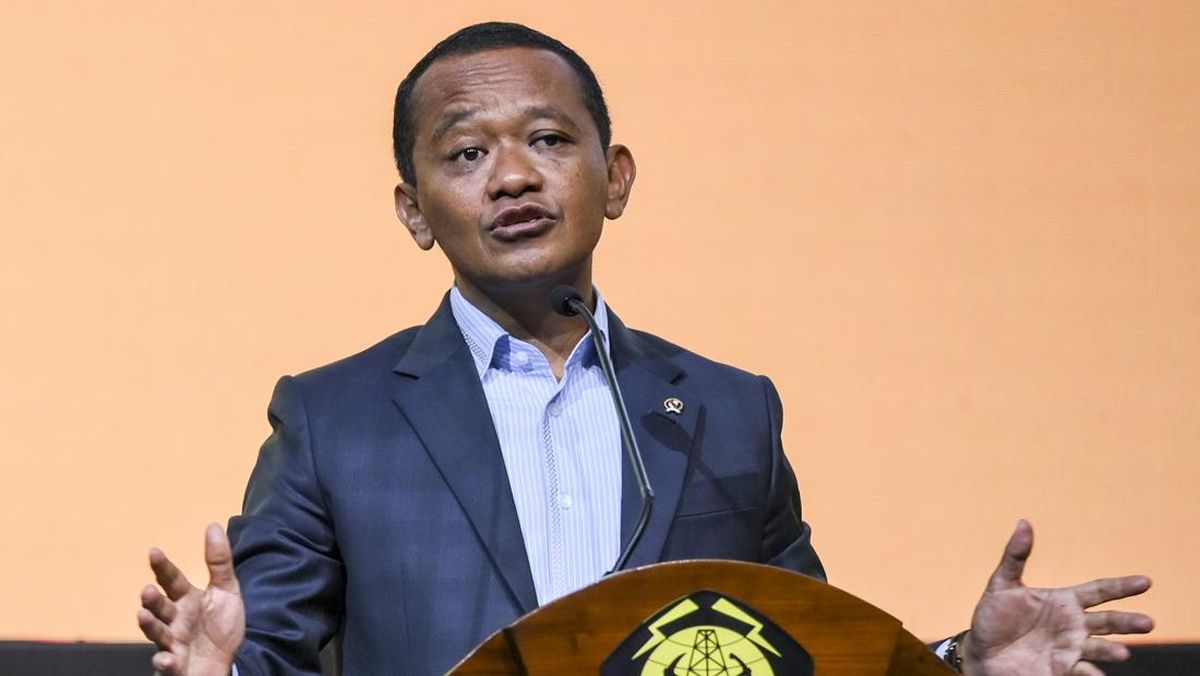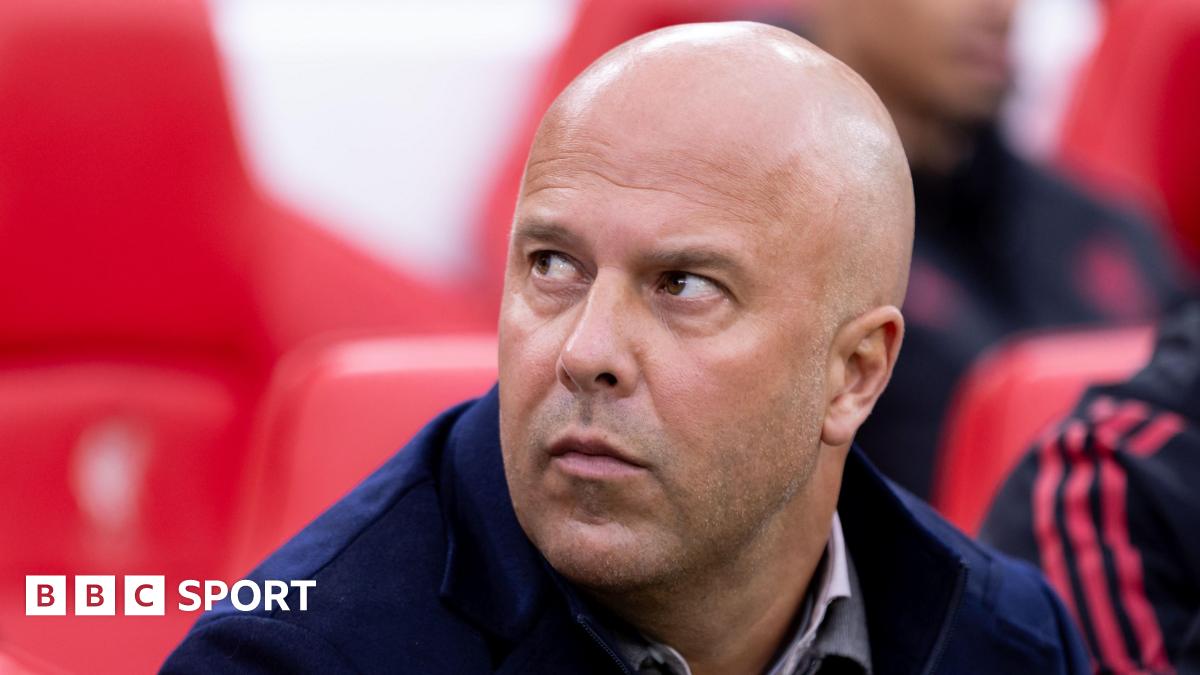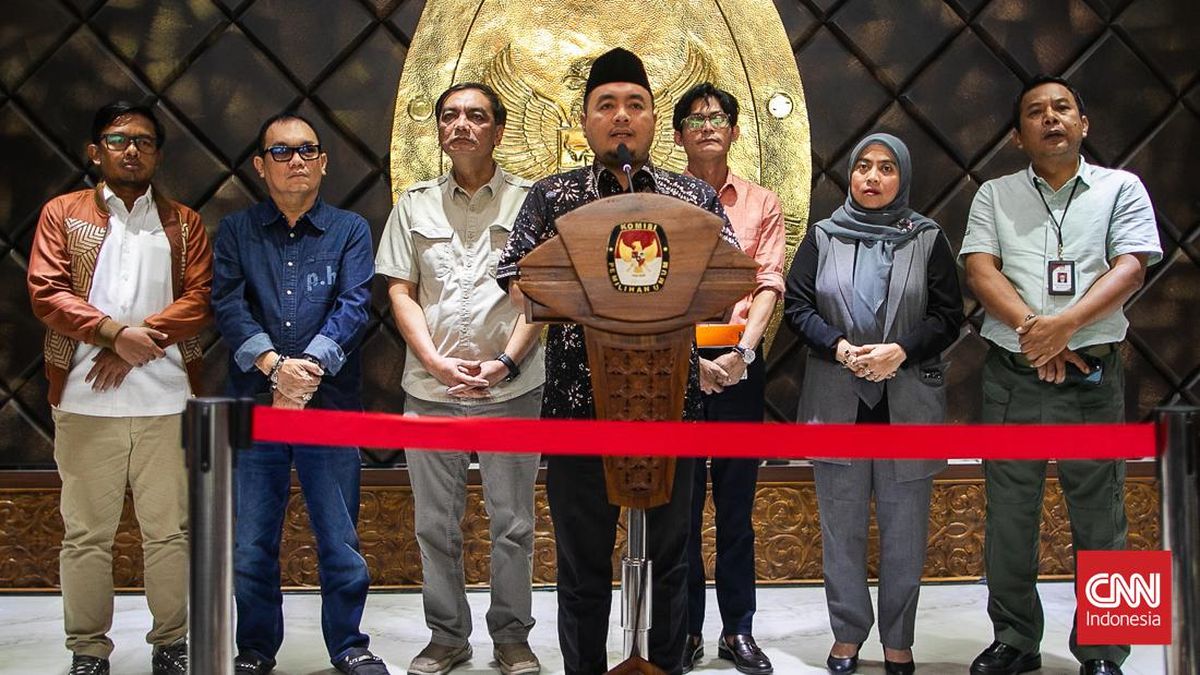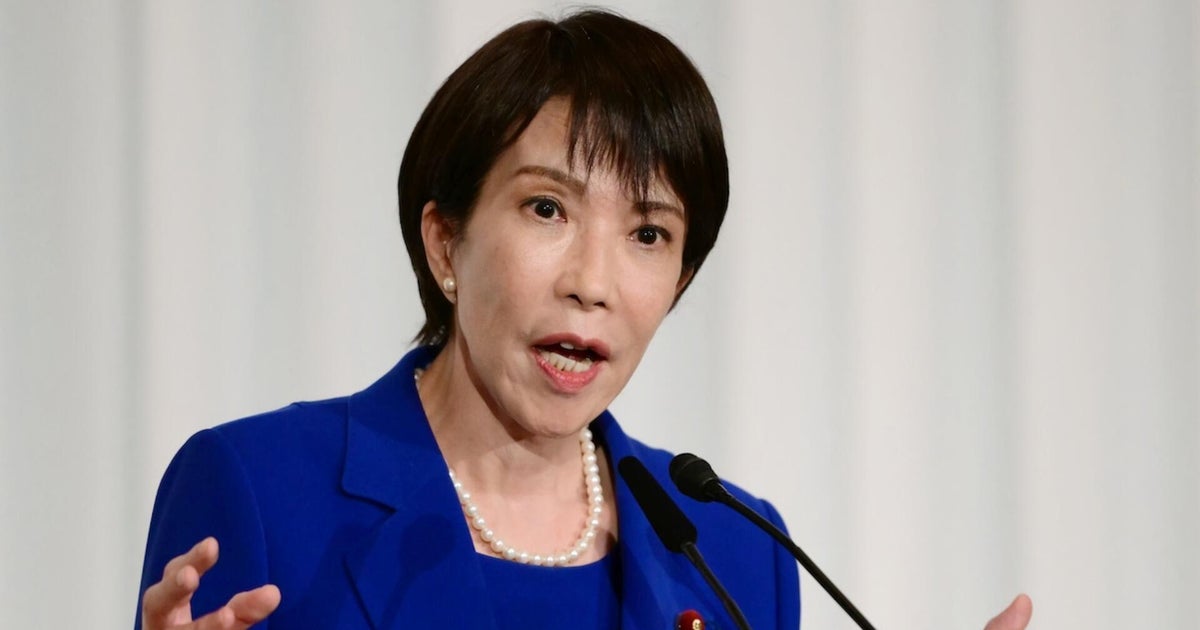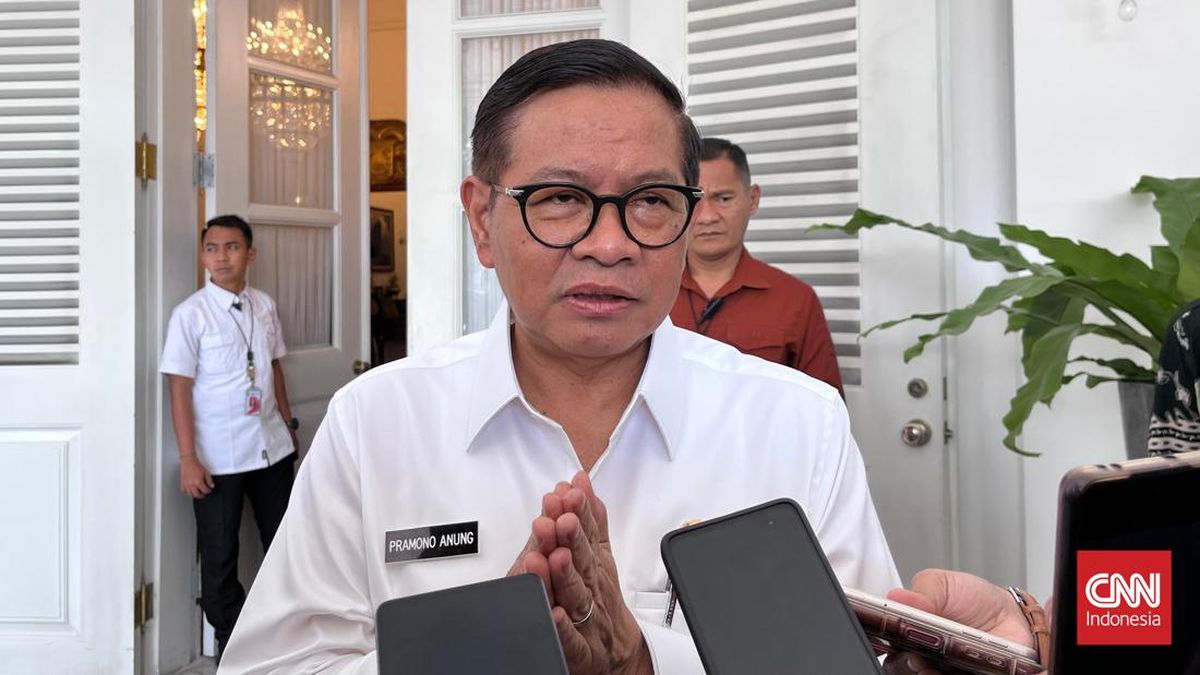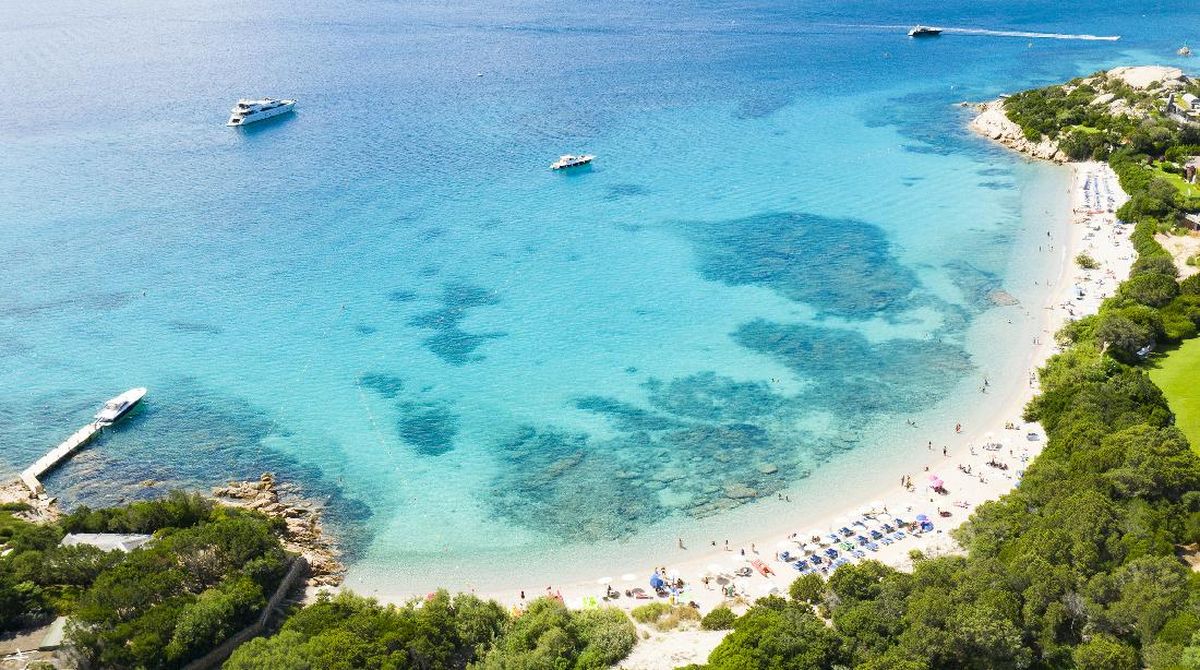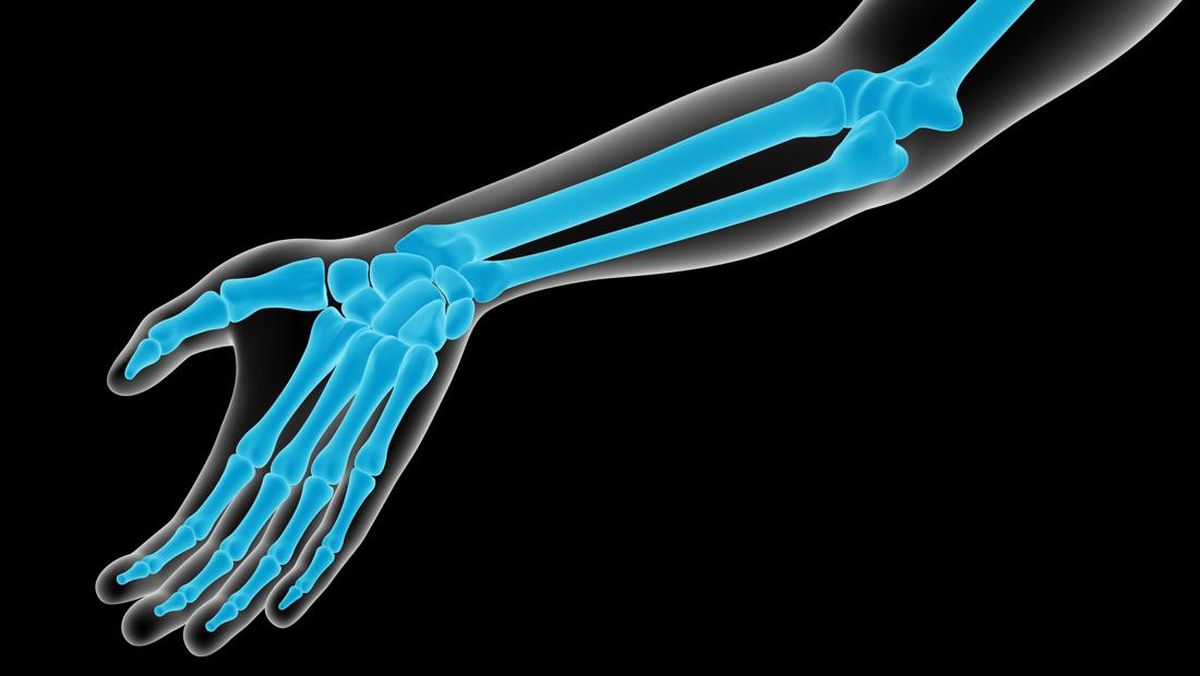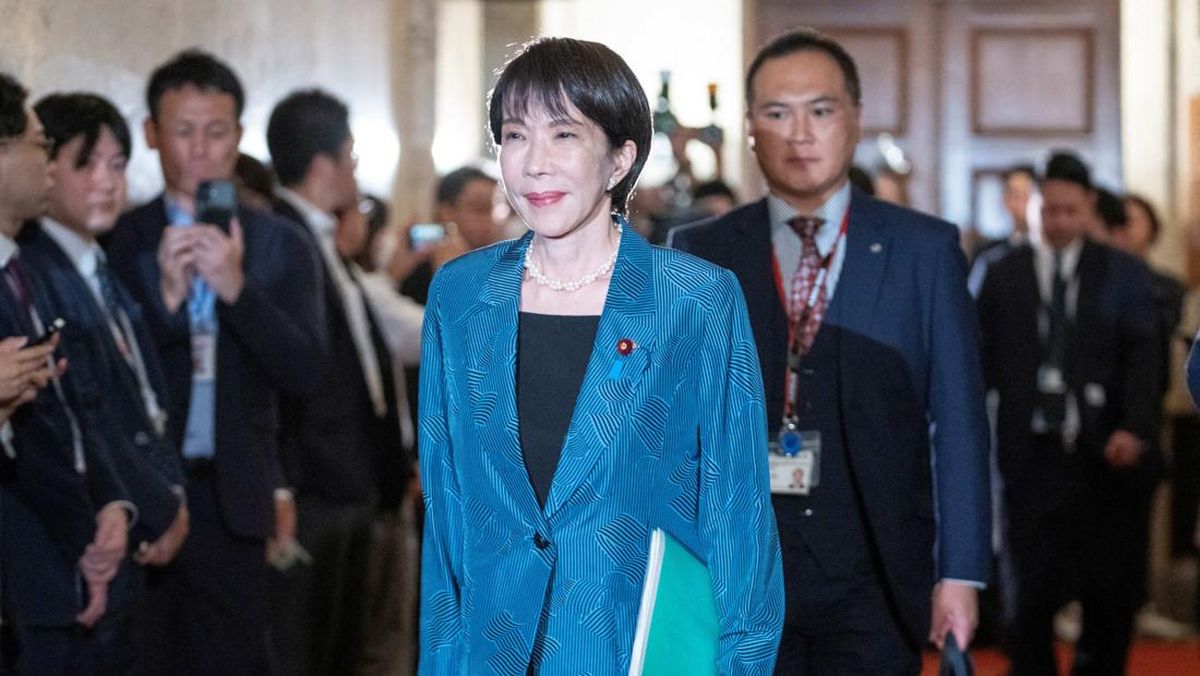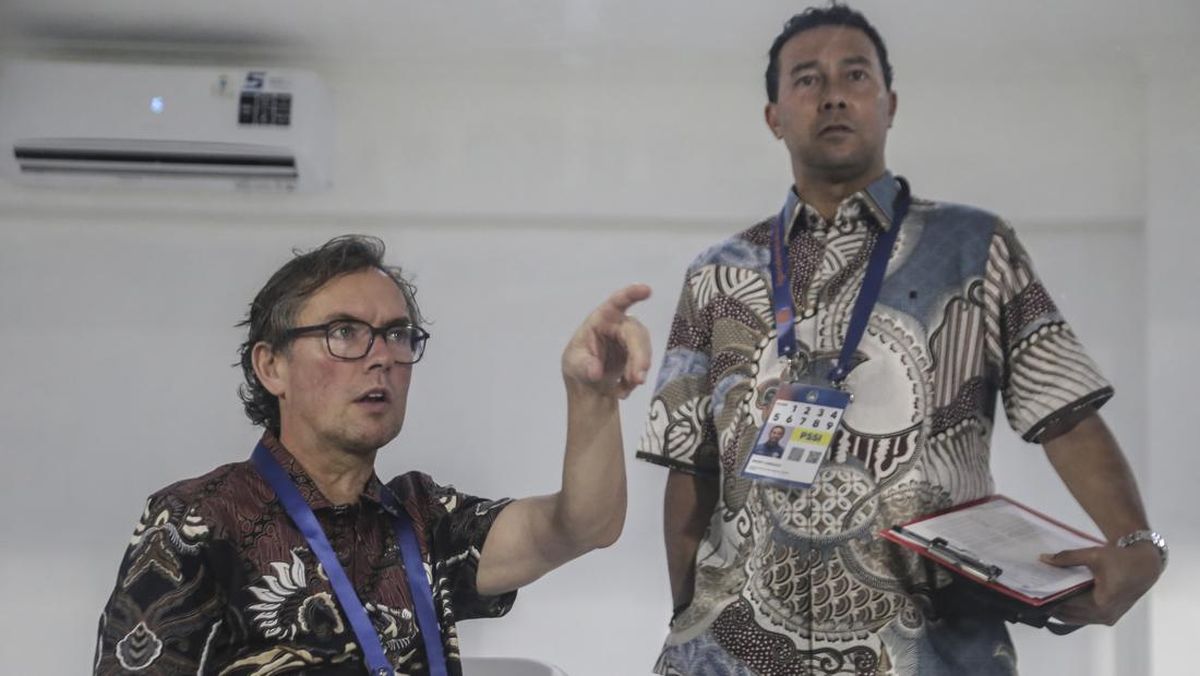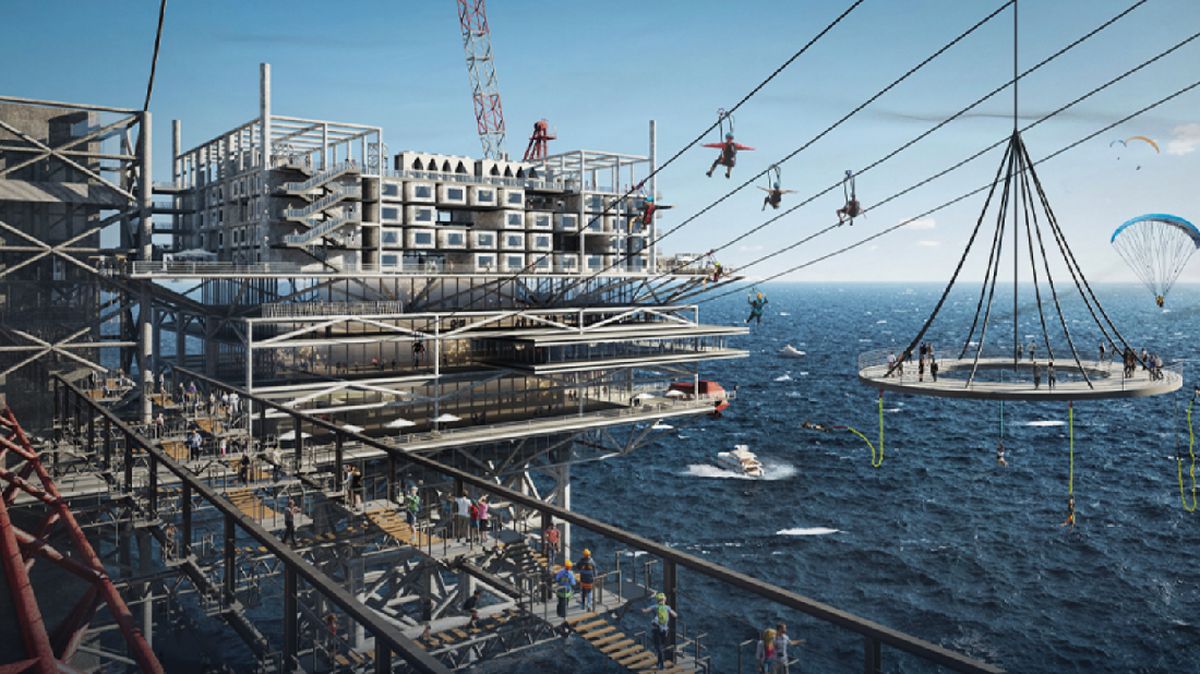Taxpayers have been forced to buy extra intercity trains at greater cost because NSW’s transport department initially decided to reduce the number of carriage seats, despite modelling showing that it risked overcrowding, a scathing assessment of the purchase of two new train fleets has found.
A report by NSW Auditor-General Bola Oyetunji – released on Tuesday – also found that “foreseeable changes” to the operating model for the state’s new intercity trains, which caused years-long delays and sparked industrial action, added $1 billion to the cost of the fleet, which is forecast to hit $4.5 billion.
The report is withering in its assessment of the agency’s purchase of both the intercity and long-distance regional train fleets, which have been years late and cost taxpayers billions of dollars more than originally forecast.

The state’s fleet of new intercity trains have only just started running on the Blue Mountains line.Credit: Oscar Colman
In an example of those failings, Transport for NSW decided last decade to reduce passenger capacity to two-by-two seating on the new intercity trains to be used on two lines, despite modelling showing that it would lead to overcrowding on some services.
It later deduced that it would need to buy almost 100 extra carriages to provide more capacity at an increased cost per carriage of up to 63 per cent.
The earlier decision to buy carriages with two-by-two seating would have resulted in a 23 per cent cut to capacity on the Central Coast and South Coast lines. In comparison, existing Oscar trains used on those lines have two-by-three seating.
“This decision was made despite Transport for NSW knowing that there were existing problems with overcrowding on the intercity trains and that patronage was forecast to increase in the future,” the report said.

The two-by-two seating on the new intercity trains.Credit: Dean Sewell
In addition, the cost of widening tunnels and other work on the Blue Mountains line for the new intercity trains has surged by 72 per cent to $149 million.
The report also reveals that the first of the new regional trains, which will carry passengers as far as Melbourne, Brisbane and Broken Hill, is not expected to begin services until April next year, which is more than three years late.
Loading
It is also later than the worst-case scenario of the first of 29 new trains entering service by this December, which is detailed in a confidential Infrastructure NSW’s assessment.
The auditor-general found Transport for NSW failed to include the full scope and cost of rail infrastructure grades, which are needed to accommodate the new regional train fleet, in its initial assessment of the project.
The agency is embroiled in a long-running dispute over design changes with the Spanish-led consortium building the new regional fleet as part of a public-private partnership. They will eventually replace decades-old XPT, Xplorer and Endeavour trains.
The report found that Transport for NSW’s decision to exclude the operation of the new regional trains from the public-private partnership “significantly increases budget risks”, which the agency failed to manage properly.
Loading
The combined capital cost to complete the purchase of the new intercity and regional train fleets has blown out by more than 50 per cent to $6.8 billion on the original estimates.
The auditor-general’s report details a long list of failings by Transport for NSW, ranging from not effectively scoping or estimating the full cost of the new trains to poor engagement with drivers, guards and operational staff.
The agency also failed to manage the higher risks involved in setting up a public-private partnership for the regional trains, which has meant that operational challenges are lumped on Transport for NSW and not the contractor.
The cost of the new regional trains blew out by $826 million to $2.29 billion in 2023 following the long-running dispute with the consortium led by Spanish manufacturer CAF, which is building the fleet. A confidential assessment by Infrastructure NSW in 2022 was scathing of Transport for NSW’s handling of the project, highlighting “poor scoping, cost overruns, schedule delays and unmitigated risks”.
In a shot at Transport for NSW’s disclosure, the auditor-general found that documents prepared by the agency are frequently stamped cabinet-in-confidence, including in instances where they do not meet the definition.
“Transport for NSW applies higher sensitivity classifications to many more documents than is required or can be justified … and this limited transparency,” it said.
In a response, Transport for NSW said it endeavoured to provide accurate financial information about project progress and status in the state budget, noting that commercial negotiations “added complexity”.
Start the day with a summary of the day’s most important and interesting stories, analysis and insights. Sign up for our Morning Edition newsletter.
Most Viewed in National
Loading

